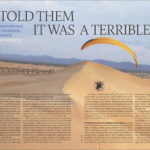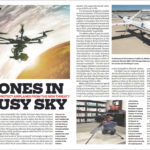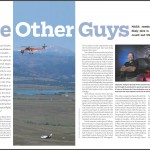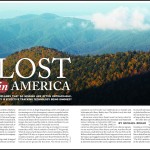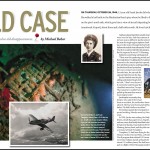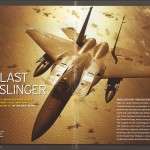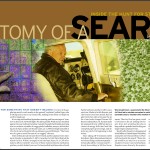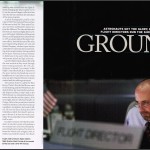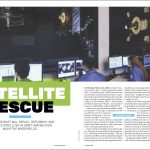 Satellite Rescue Download PDF
Satellite Rescue Download PDF
New Spacecraft Will Refuel, Refurbish, and Relocate Satellites in Orbit—Maybe Even Wash the Windshields.
On Monday, February 24, 2020, at about 9 p.m. U.S. Eastern time, a robotic spacecraft named MEV-1 is traveling some 22,000 miles above the Pacific Ocean in a geosynchronous orbit. A satellite at that location holds a fixed position over the equator because its speed matches that of Earth’s rotation. At the moment, MEV-1, which stands for Mission Extension Vehicle-1, is in pursuit of its client, a $200 million satellite called IS-901. Continue reading


